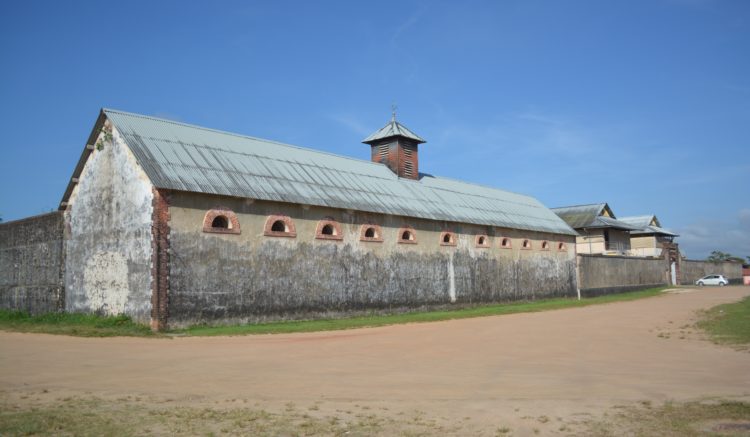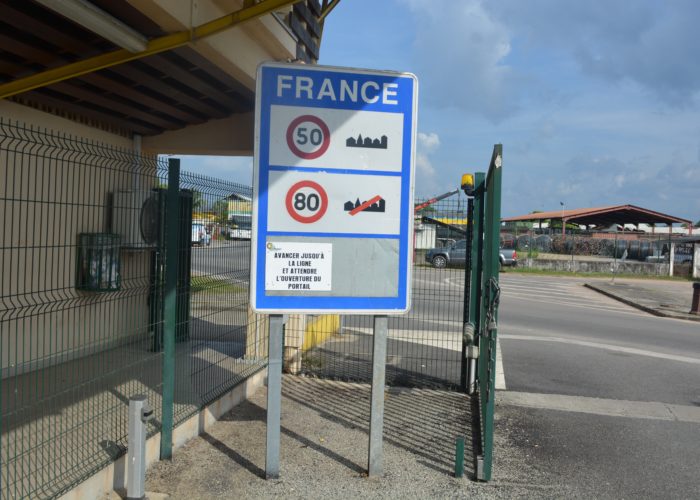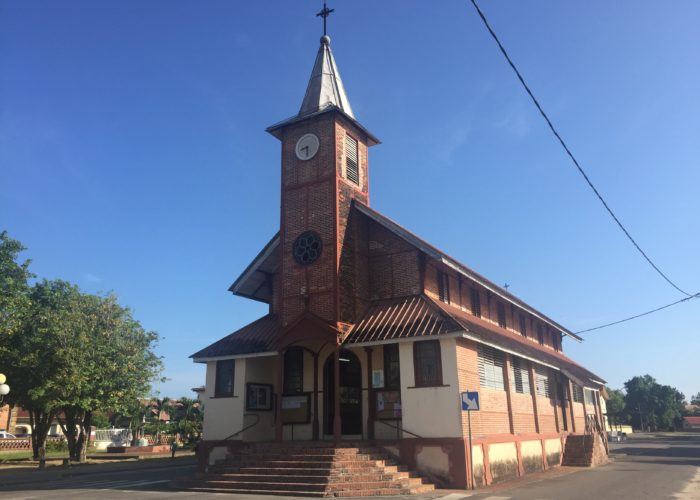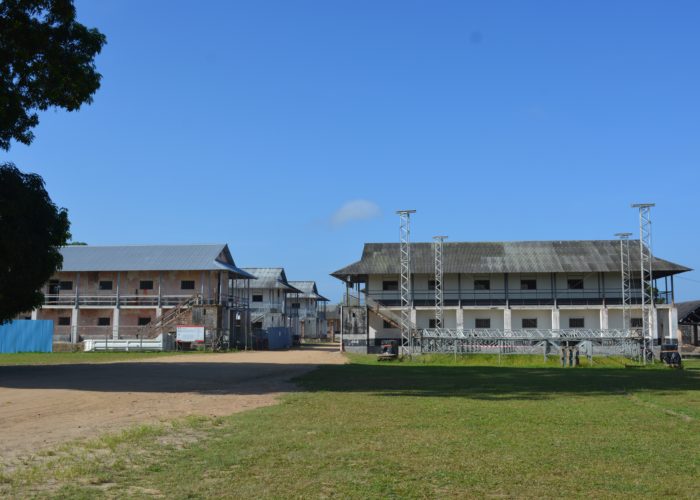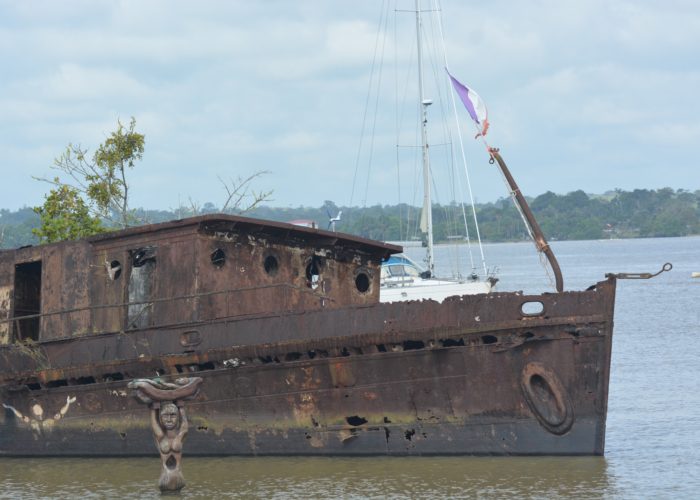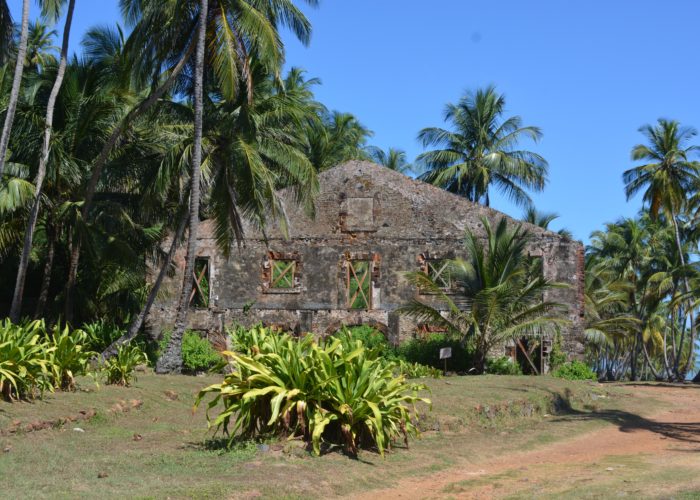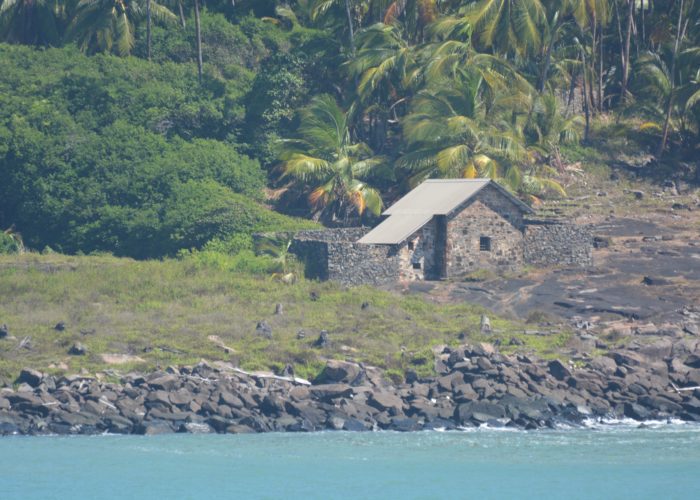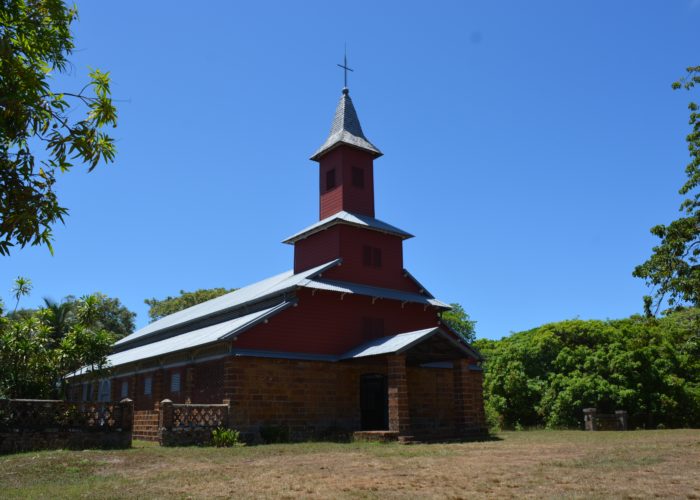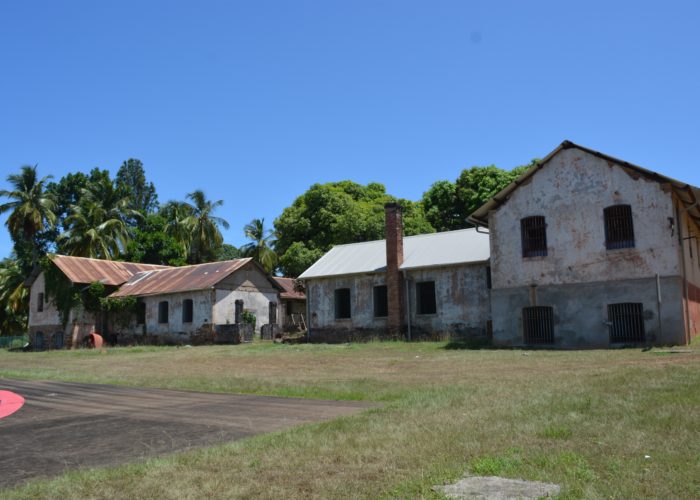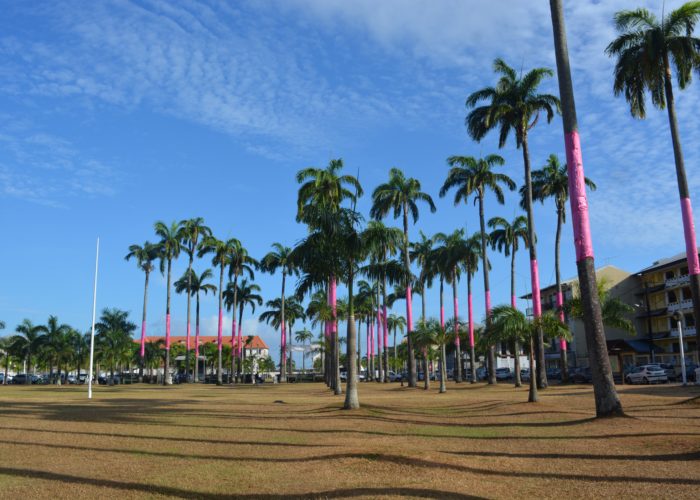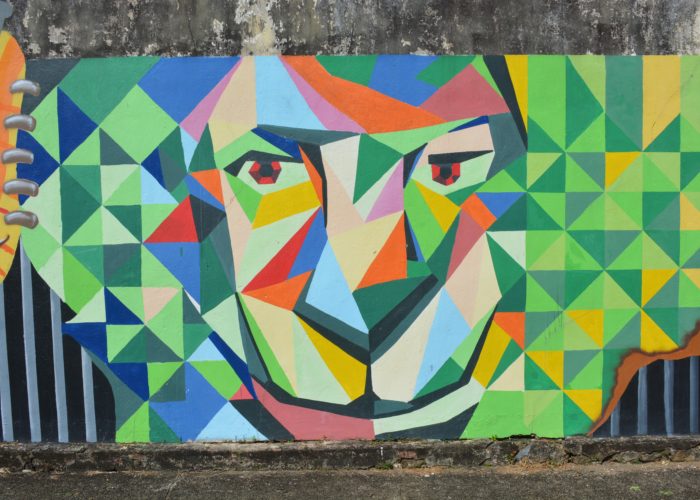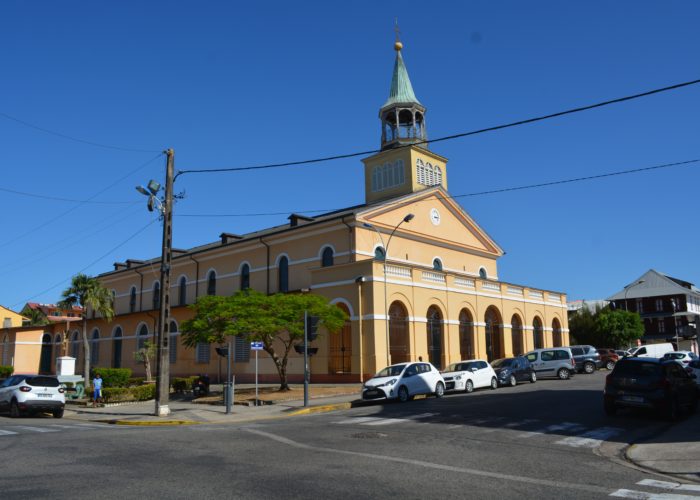Our Dragoman journey from Suriname, next took us across the Maroni River by ferry to and into French Guiana at Saint-Laurent-du-Maroni, the final leg of the trip through the Guianas. Despite being in South America, French Guiana feels more like an extension of mainland France, with French as the official language, cars bearing French number plates, and numerous other European connections. With a population of around 280,000, it is one of the wealthiest regions in South America, though this wealth is concentrated among certain groups, such as the scientists at the European Space Agency (ESA) and the French military. Despite its unique location and history, French Guiana functions as an overseas department of France, with close political and economic ties to the mainland.
Geography & Climate
French Guiana covers roughly 84,000 square kilometres, bordered by Brazil to the south and east, and Suriname to the west. The landscape is dominated by dense Amazonian rainforest, which accounts for about 95% of the territory, with a narrow coastal plain where most of the population lives. The country has a tropical climate with high humidity and temperatures around 30°C year-round. The rainy season stretches from December to July, while the dry season typically runs from August to November, making it a wet and verdant environment throughout much of the year.
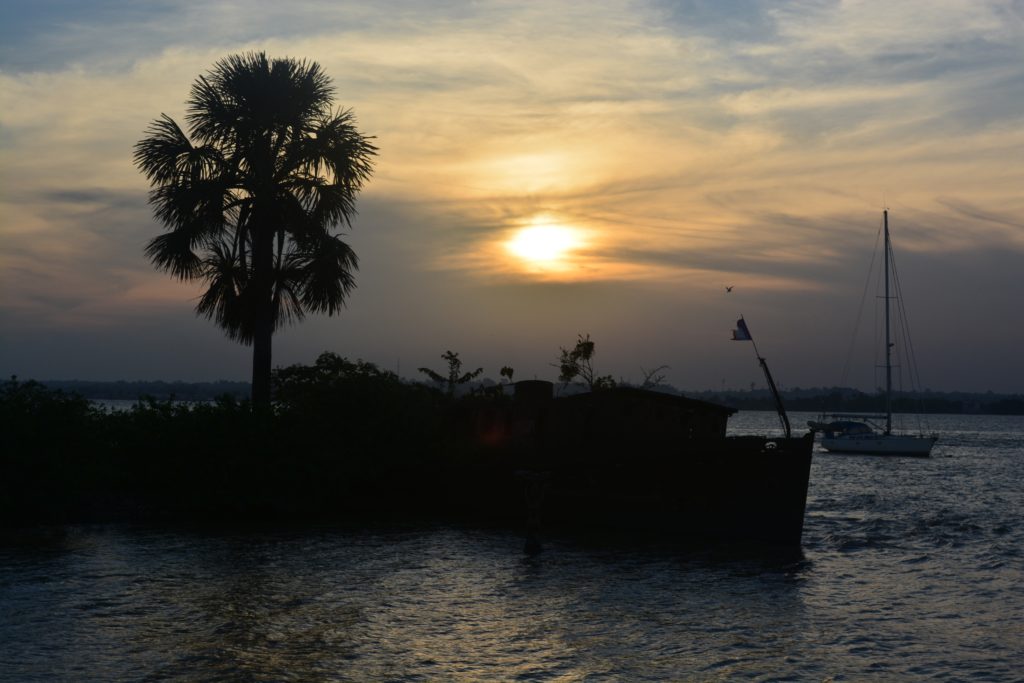
History
Initially colonised by the French in the 17th century, French Guiana’s strategic location gave France a foothold in South America. Its role as a penal colony for nearly 100 years left a grim legacy, particularly with the infamous Îles du Salut (Salvation Islands).
Today, French Guiana’s status as an overseas department means that it is politically and economically integrated with France. Its residents are full French citizens and participate in French national elections, electing representatives to the French National Assembly. Unlike mainland France, French Guiana is not part of the Schengen Area, which regulates European Union visa-free travel.
French Guiana’s economy benefits significantly from mainland France, including social services, welfare systems and investment. However, its economy remains highly dependent on subsidies from mainland France.
The population, while small, includes a significant Creole majority, with smaller groups of indigenous peoples, Brazilians, and Hmong refugees. Despite its wealth compared to neighbouring countries, there are stark disparities between the affluent workers connected to the European Space Agency and the poorer locals.
French Penal Colony System
French Guiana is historically infamous for its role as a penal colony. Saint-Laurent-du-Maroni was a key administrative centre, and the remnants of its prison barracks serve as sombre reminders of its dark past. Henri Charrière’s book Papillon, which mixes fact with fiction, popularised the brutal conditions many prisoners faced here. Although Charrière himself was never imprisoned on the infamous Devil’s Island (Île du Diable), the penal colony on the nearby Îles du Salut, particularly Île Royale, was home to some of the most hardened criminals. The notorious political prisoner Alfred Dreyfus was incarcerated on Devil’s Island, where sharks circling the waters served as an extra deterrent to escape attempts. Conditions were so harsh that most prisoners did not survive their sentences, and their bodies were often fed to these sharks. Today, the islands have been transformed into tourist attractions, offering day trips that starkly contrast with their brutal history.
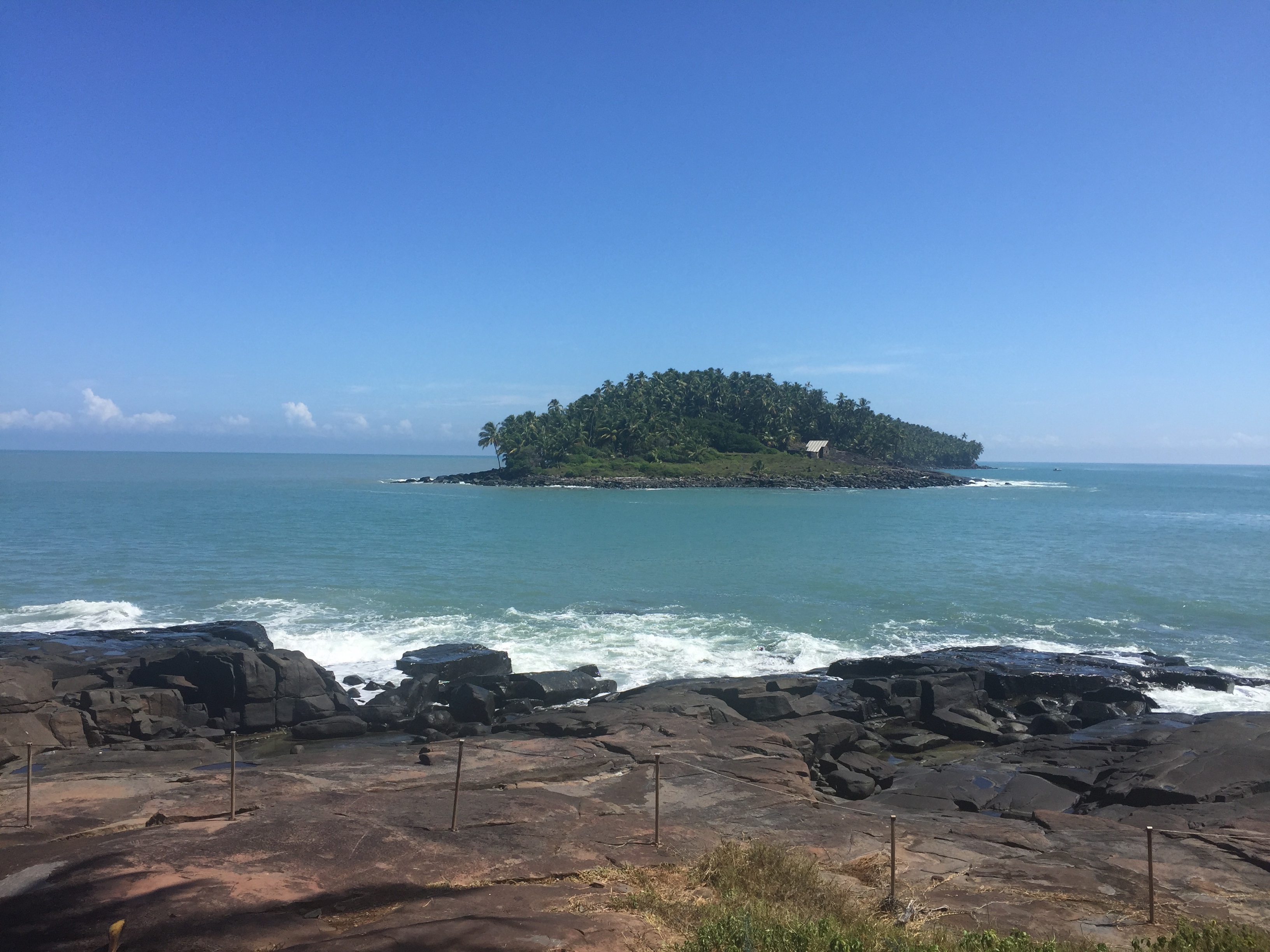
European Space Agency
The European Space Agency (ESA) operates one of its most important satellite launch centres in Kourou, French Guiana. The equatorial location of Kourou makes it an ideal site for launching satellites, as rockets require less energy to reach orbit from near the equator. The predictability of the weather and minimal interference from the small local population also contribute to Kourou’s status as an ideal launch site.
This facility is a cornerstone of French Guiana’s economy, attracting scientists and technicians from around Europe and bringing in significant revenues. The ESA’s presence is a major reason for the region’s economic disparity, as the local population largely does not benefit from the highly specialised jobs in the space industry. This launch site is one of the busiest in the world. While the space centre launches satellites from across the globe, it doesn’t send astronauts into space. Instead, this facility focuses on commercial satellite launches, making it a critical component of the global space industry.
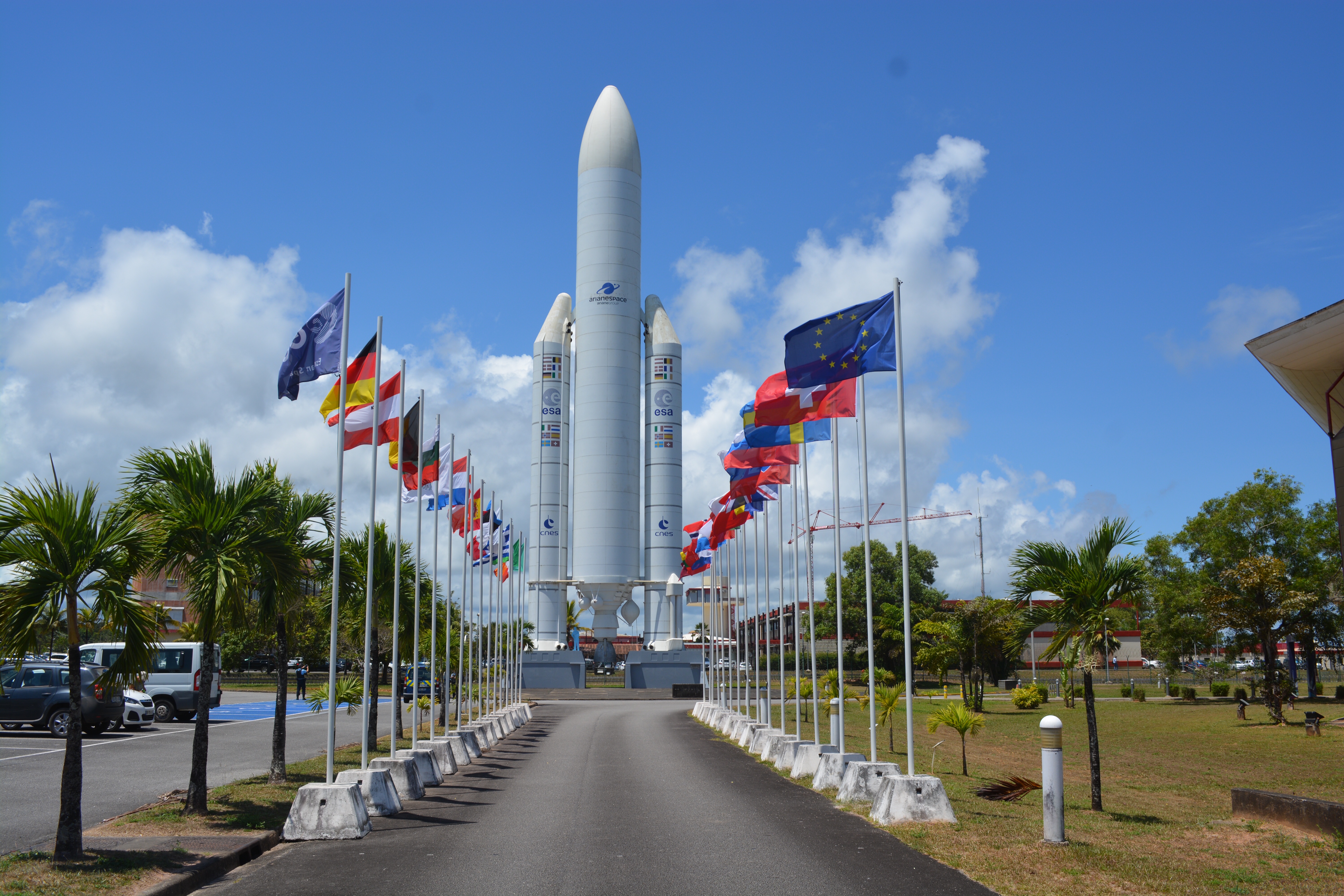
Economic Overview
French Guiana’s economy is heavily influenced by the ESA and French government subsidies. While these contribute to the region’s status as one of the richest in South America, they also distort the local economy. Small-scale mining, primarily by Brazilians, and agriculture provide some local income, but the wealth from these activities is limited. Illegal gold mining, often conducted by Brazilian garimpeiros, is a major issue, as the use of mercury has caused significant environmental damage to the region’s rivers and ecosystems. Although French Guiana’s once-vital penal colony has long since closed, the territory continues to serve France’s global interests through its space programme.
Cayenne
Cayenne, the capital, has a distinctive colonial charm, with French colonial buildings lining the streets. However, many of these structures are in poor repair, due to limited funds and strict heritage laws that prevent significant alterations. The city has a dichotomy between its old colonial charm and its newer, more affluent districts, which feature modern shopping centres and European cars. Wealth is unevenly distributed, with much of the population facing economic hardship and issues like drug-related petty crime. While Cayenne has its appealing aspects, it remains a city with a rough edge.
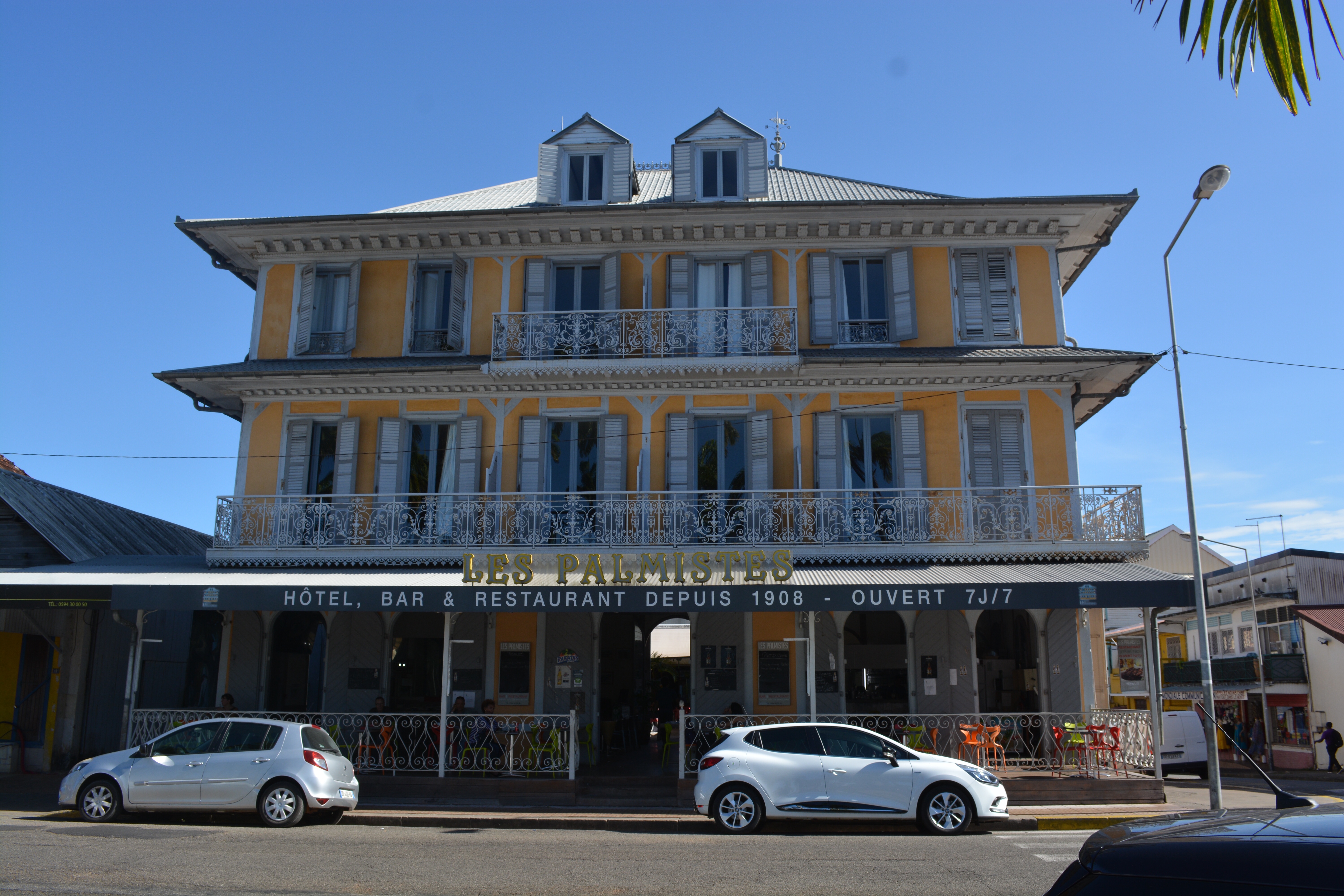
| Cayenne Pepper Cayenne pepper is believed to be named after the city of Cayenne in French Guiana because of the region’s historical association with the spice trade. French Guiana, and particularly Cayenne, was a key point for trading goods between the Americas and Europe during the colonial period. The peppers, which were grown and cultivated in the broader region of South America, likely passed through Cayenne on their way to Europe. As a result, the city’s name became linked with this variety of hot pepper, even though it was not exclusive to the area. |
The Penal Colony Legacy in Saint-Laurent-du-Maroni
Saint-Laurent’s quiet streets and barracks mask the brutal reality of its past as the administrative hub of France’s infamous penal colony system. The transportation of convicts to French Guiana began in the mid-19th century, and the colony operated until 1953. The town was where new prisoners were processed before being sent to labour camps in the surrounding jungle or the more notorious islands. Although the penal system is long gone, its shadow still lingers over Saint-Laurent.
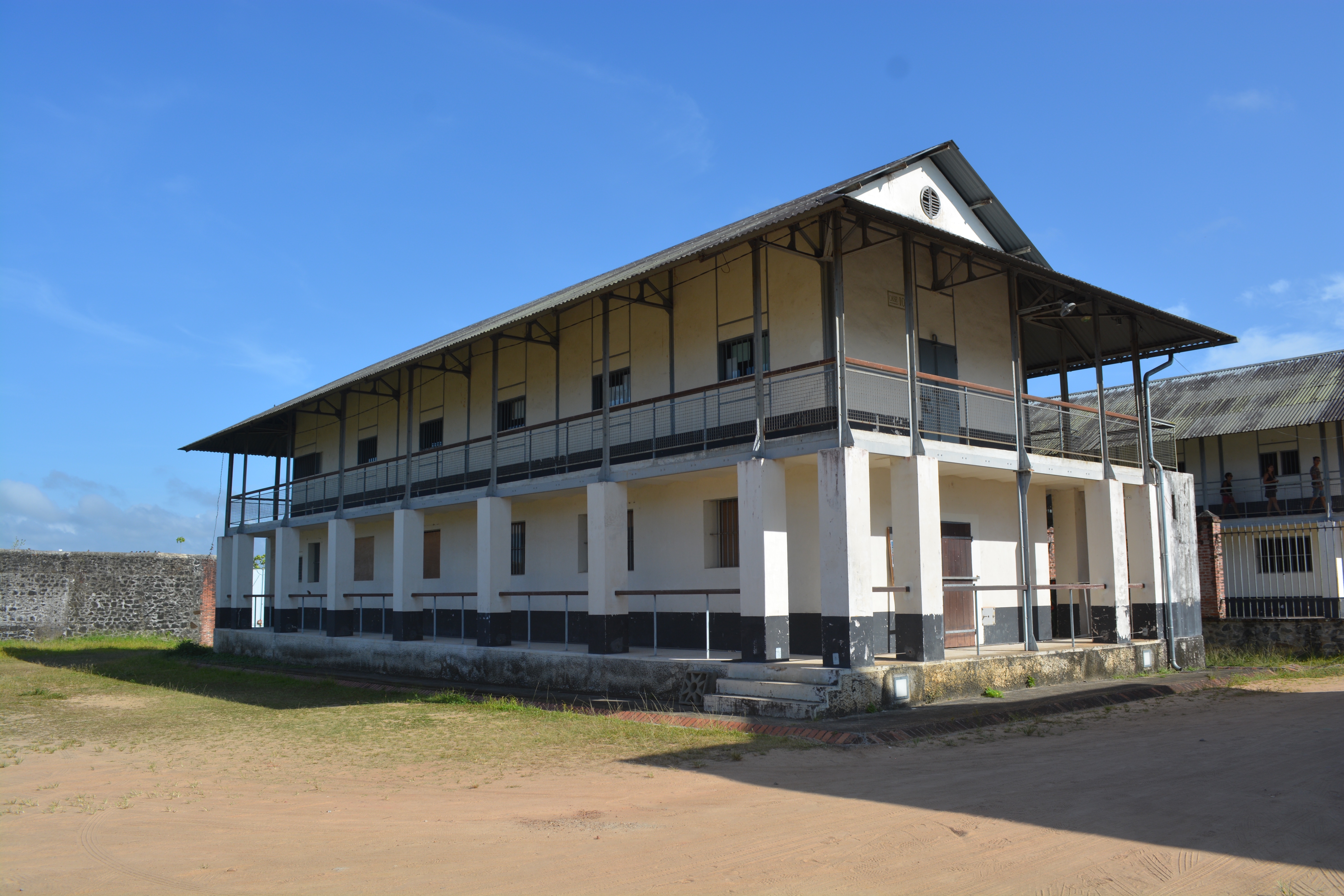
Kourou and the Islands
Kourou, apart from being home to the ESA, was once the staging point for prisoners being sent to the offshore Îles du Salut. These islands were synonymous with punishment and death. Today, however, they are popular tourist destinations, with visitors intrigued by their history and attracted by the stunning scenery.
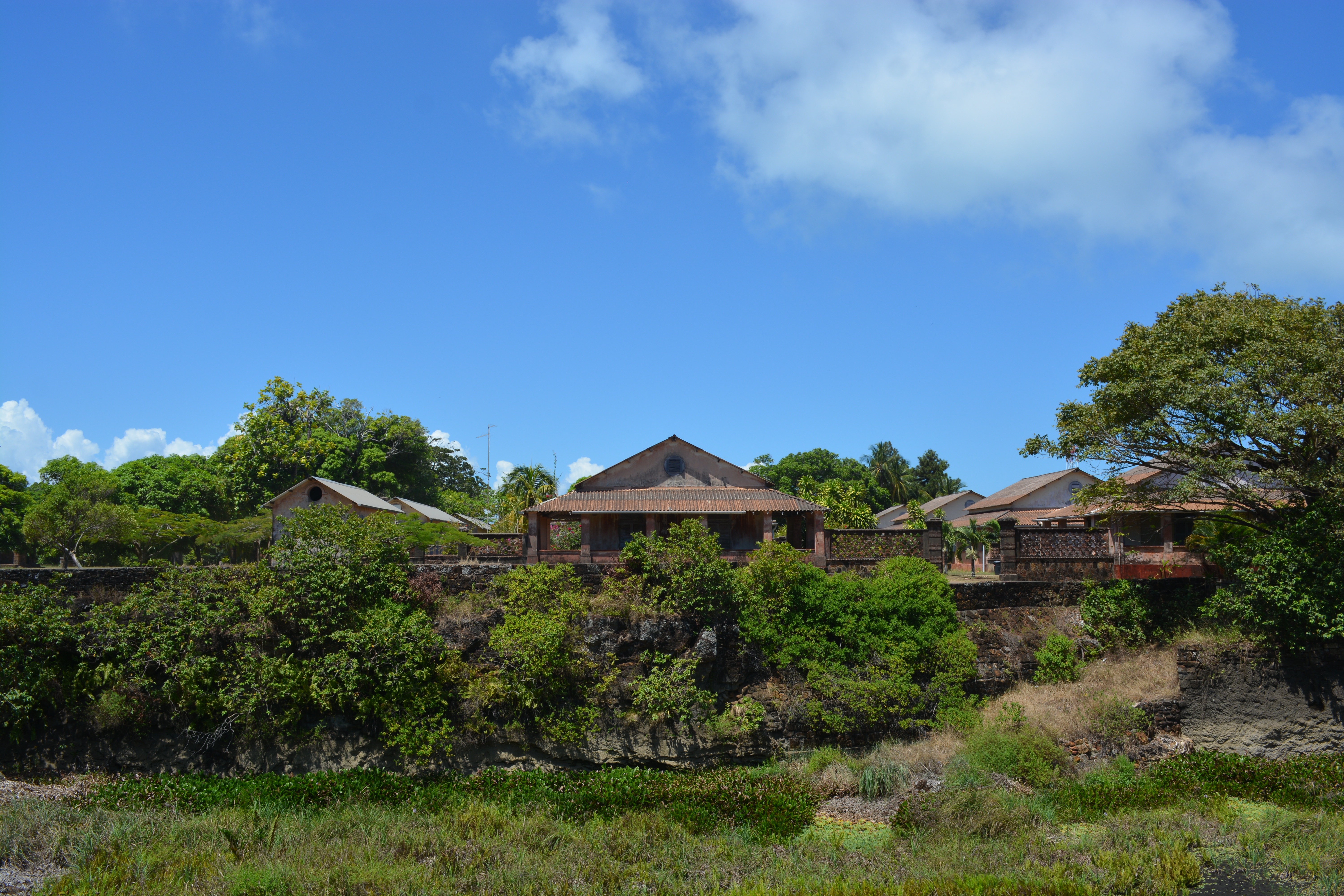
Final Thoughts
French Guiana, with its mix of European influence and South American geography, is a unique territory. It retains a close relationship with mainland France while also grappling with its challenging history and economic disparities. From the legacy of its penal colonies to its modern role in space exploration, French Guiana offers a fascinating window into the complexities of colonialism, global politics, and economic development.
Dates: 12/10/2018 to 17/10/2018 – Dragoman Days16 to 21
